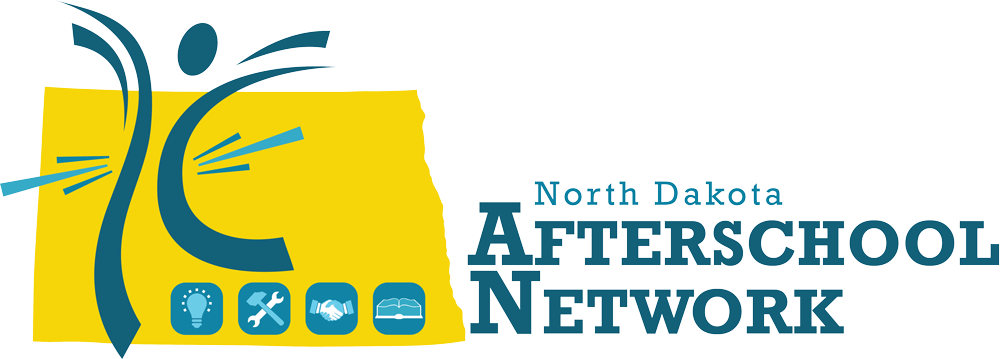Although there has been a significant increase in the quantity and quality of STEM learning experiences in afterschool and summer learning programs through the states’ STEM through STEM system-building efforts, women and minority populations are still drastically underrepresented in STEM fields. For example, although women make up half of the total U.S. college-educated workforce, they make up only 29% of the science and engineering workforce. Female scientists and engineers are concentrated in different occupations than are men, with relatively high shares of women in the social sciences (62%) and biological, agricultural, and environmental life sciences (48%), but relatively low shares in engineering (15%) and computer and mathematical sciences (25%).
This same trend is reflected in opportunities for afterschool STEM learning. According to a 2021 Report from America After 3 PM, Boys are more likely to have opportunities to participate in technology and engineering activities in their afterschool program than girls (42 percent vs. 36 percent). Boys are also more likely to have opportunities to participate in computer science activities than girls (43 percent vs. 39 percent). For math and science learning there is little to no difference in opportunities to participate between boys and girls.
The ability for students to successfully participate in the global workplace depends on their exposure to high quality science, technology, engineering, and mathematics (STEM) opportunities. Out-of-School-Time STEM can almost double the amount of time students have to question, tinker, learn, and explore STEM topics. The more time students spend participating in STEM learning opportunities after school and in the summer, the more interested they become in STEM subjects and majors.
We hope to continue to build off our success of the STEM System building work and elevate new ideas and strategies to impact more youth and implement transformative programming to create more equitable and inclusive engagement of girls in STEM.
Below you will find resources, grant applications, professional development, and other tools meant to address systemic inequities and is geared toward transforming STEM learning experiences in afterschool and altering the workforce trajectory for underrepresented and underserved youth by creating groundbreaking and high-quality STEM learning pathways for students of all ages.

